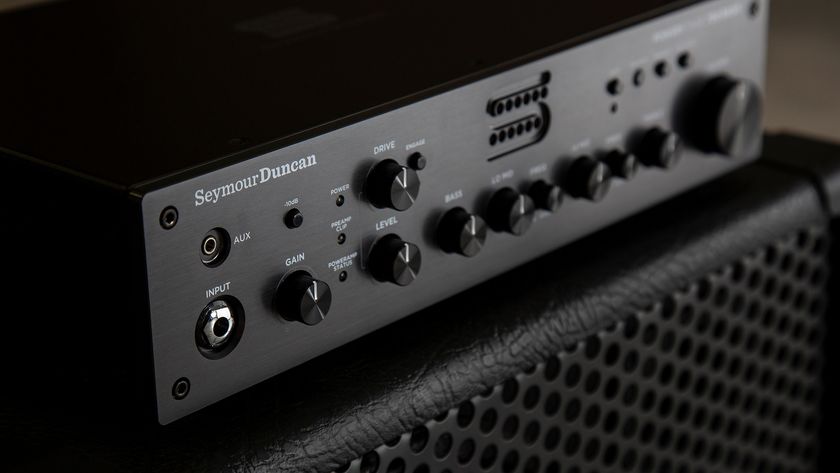The Top Ten Heavy Metal Album Openers


No one ever went to a Led Zeppelin concert expecting the band to open with “The Rain Song.” A fine tune, to be sure, but the electric charge of a crowd in waiting must be met in kind. The same applies to the album: Kiss didn’t open Destroyer with “Beth,” for example. And Metallica had the prudence to place “Fade to Black” a good four songs into Ride the Lightning. When you get down to it, just about any band from any genre wants to kick things off hard and fast, and none more so than axe-wielding heavy metal masters. With that, we present the ten greatest starting guns from metal’s most iconic albums.
Metallica—“Enter Sandman”The Black Album
How does the world’s greatest thrash band open its masterpiece album? Not with sledgehammer riffs or machine gun drum patterns, but rather a droning E-minor tritone pattern that ushers in bass, drums and a drudging minor-2nd power chord riff. The song’s signature E to F interval has become so synonymous with “Enter Sandman” that, in the Nineties, a rumor began that Metallica trademarked the progression and would sue any band that used it. This proved a hoax, but showed how indelible a mark the Black Album’s opener left on heavy metal
Pantera—“Cowboys From Hell”Cowboys From Hell
Abandoning their previous glam metal sound, CFH showcased Pantera’s new groove metal style, no better exemplified than in the title track. Dimebag begins by pedaling a flanger-soaked open E string, then subtly introduces his immortal riff before launching into full-on open-string chainsaw fury.
Judas Priest—“Painkiller”Painkiller
Priest drummer Scott Travis demonstrates that screaming guitars aren’t the only way to open an album with this explosive double-bass onslaught, which ushers in one of the veteran metal band’s most crushing tracks. Glenn Tipton and K.K. Downing lay down blazing riffs and solos, Ian Hill’s bass is rock steady with Travis, and Rob Halford’s ear-splitting vocals sound like his nuts are on the business end of a steel-toe boot; it’s a metal behemoth and a return to form after the more pop-oriented Turbo and Ram It Down albums.
Get The Pick Newsletter
All the latest guitar news, interviews, lessons, reviews, deals and more, direct to your inbox!
Slayer—“Angel of Death”Reign in Blood
Any metal band can start an album with walls of guitar and rapid-fire drum blasts, but Slayer kicks off their seminal 1986 effort with one of the most controversial tracks in the genre’s history. Guitarist Jeff Hanneman wrote “Angel of Death” about infamous Nazi doctor Josef Mengele. Though Hanneman and the rest of the band insist the song is a documentary, and in no way an endorsement of Nazism, Neo-Nazi labeling ensued upon the album’s release in 1986. Lyrical interpretation notwithstanding, the song is still considered a “classic” thrash metal track.
Black Sabbath—“Sabbath Bloody Sabbath”Sabbath Bloody Sabbath
“The riff that saved Black Sabbath” may have never come to fruition had it not been for the supposedly haunted recording location at Clearwell Castle in England. In 1973, guitarist Tony Iommi was suffering writer’s block trying to come up with ideas following the success of Volume 4. With no luck in L.A., the band reconvened at Clearwell, writing and recording in the dungeons of the 18th century castle. While the song rarely appears in the band’s live set, it launched one of Sabbath’s most critically lauded albums and has been covered by everyone from Anthrax to Amon Amarth to, um, the Cardigans.
Iron Maiden—“Aces High”Powerslave
The 24 second eighth-note intro is the subtle pattern that lulls the listener into complacency; it’s just another somber churner, a la “Hallowed Be Thy Named.” Then the blazing 16th note harmonies drop and Powerslave takes off. “Aces High” is a heavy fan favorite among metal acts like Children of Bodom and Arch Enemy, both of whom have covered the song, and recalls a feisty Iron Maiden poised to take over the metal world.
Children of Bodom—“Living Dead Beat”Are You Dead Yet?
Keys are an unlikely way to open a metal album, but with melodic death metal quintet Children of Bodom, an ominous synth intro here or there is expected. “Living Dead Beat” opens with a John Carpenter-style synth lead, but is quickly appended with gattling gun guitars, a la Laiho and guitarist Roope Latvala. The guitars dominate the album, but throughout, the baleful melodies of Janne Wirman’s keyboards can be heard creeping in the mix.
Testament—“D.N.R. (Do Not Resuscitate)”The Gathering
It would be nine years before Testament would release another studio album, but fans had much to be content with from 1999’s The Gathering. Loaded with some of Testament’s fastest, most aggressive material, the band itself is shy of a few classic line-up members, namely guitarist Alex Skolnick and drummer Louie Clemente. Former Death guitarist James Murphy and Slayer drummer Dave Lombardo filled in, their up-tempo playing styles appearing throughout the album. “D.N.R.,” at just over 3:30 minutes, is a blistering insight into the album’s pure ferocity.
Megadeth—“Last Rites/Loved to Deth” Killing is My Business… and Business is Good
Far from the polished and intricate sonic architecture that would become Megadeth’s trademark, the debut release from Mustaine and crew makes up for its minimalism with raw, unbridled energy. “Last Rites/Loved to Deth” begins with an excerpt from Bach’s Toccata and Fugue in D Minor before Mustaine and guitarist Chris Poland’s guitars take center stage. The dark, baroque intro may have aligned itself better with later, more sophisticated Megadeth work, but there’s no denying “Last Rites/Loved to Deth” ushered in new champions of thrash metal.
Motörhead—“Ace of Spades” Ace of Spades
Bridging the gap between punk and metal, Motörhead’s seminal 1980 release had a substantial impact on many up-and-coming thrash bands. The ferocious pick attack of guitarist “Fast” Eddie Clarke no doubt provoked many budding bands’ inclinations towards blazing tremolo riffs, not least of all metal kings Metallica, who released four Motörhead covers as b-sides with their single “Hero of the Day” in 1996.

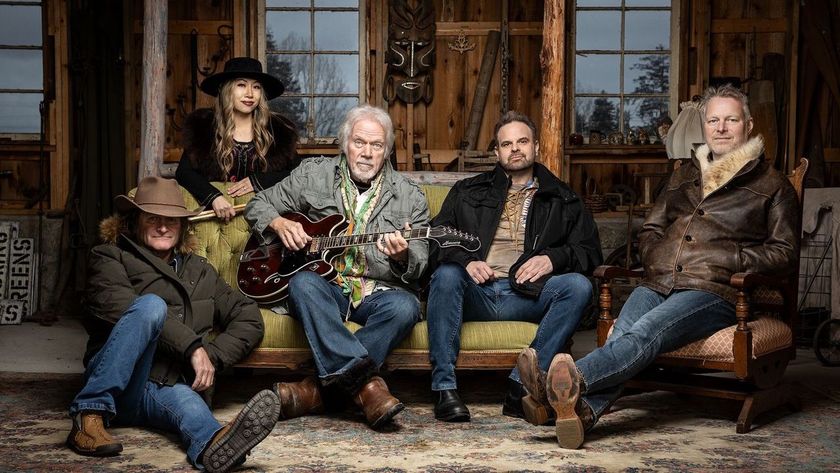
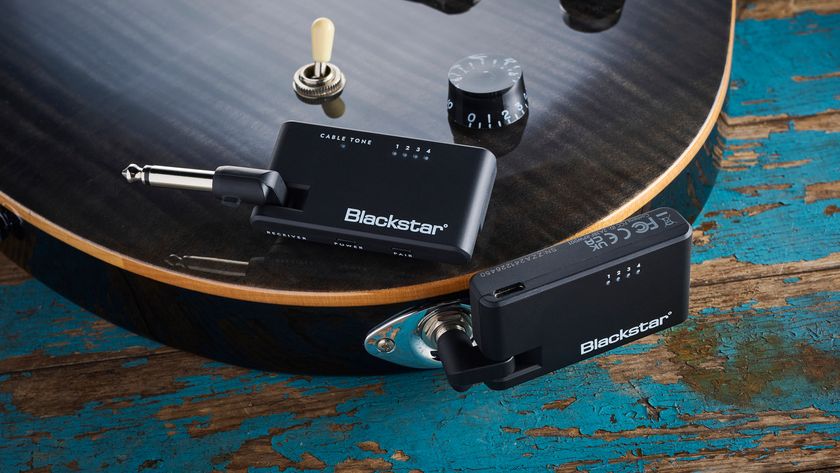
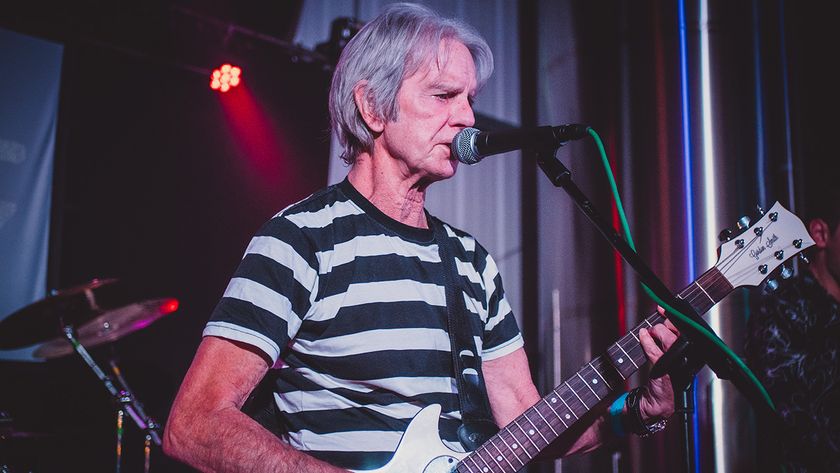
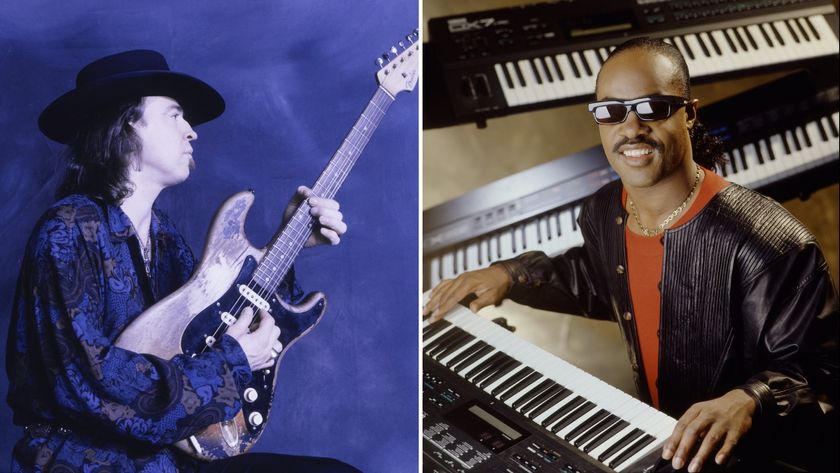
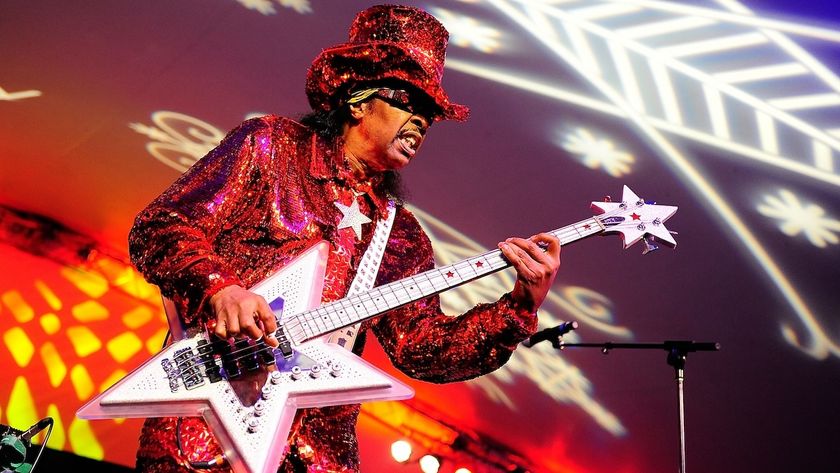


![[L-R] George Harrison, Aashish Khan and John Barham collaborate in the studio](https://cdn.mos.cms.futurecdn.net/VANJajEM56nLiJATg4P5Po-840-80.jpg)
